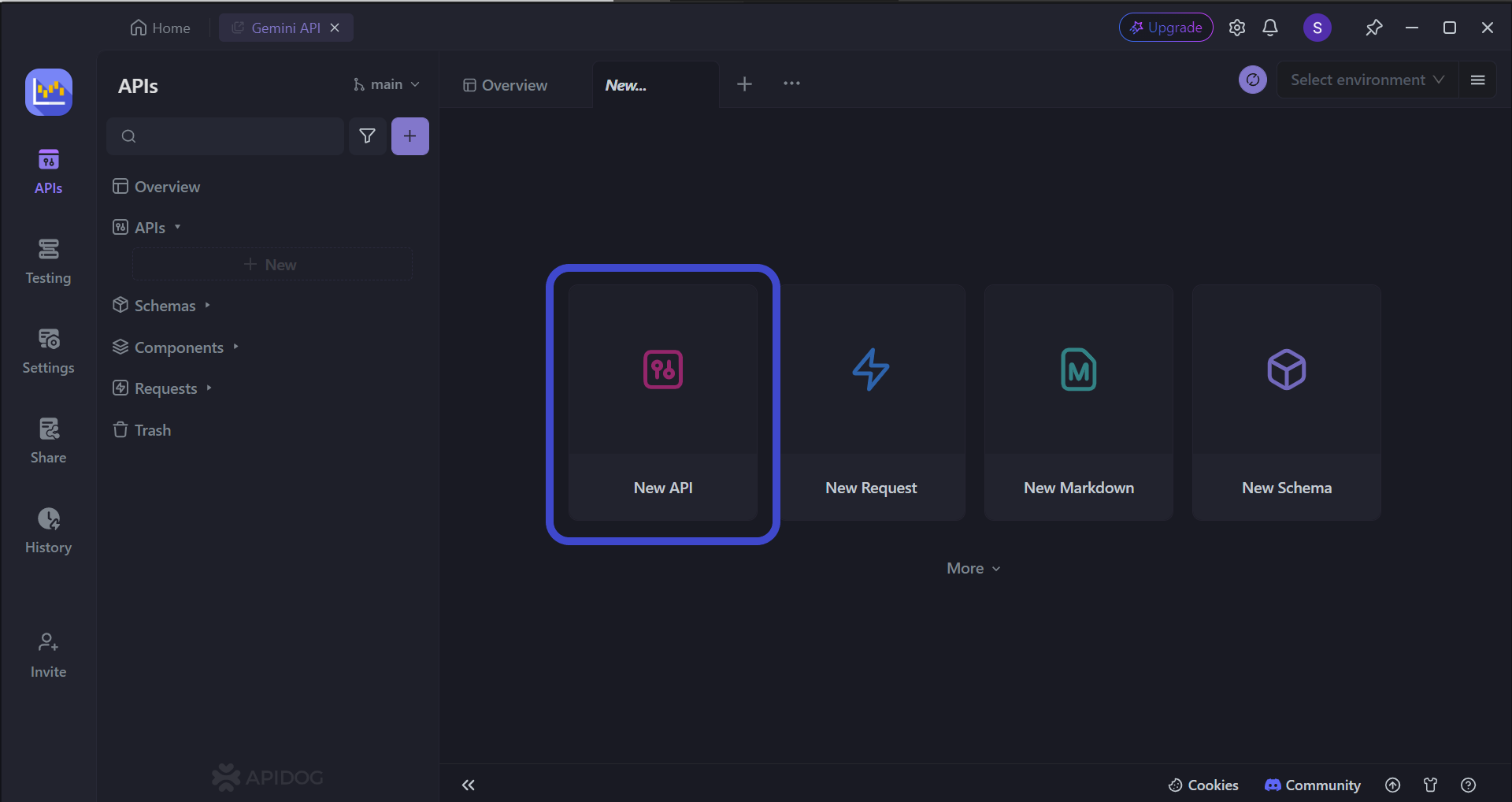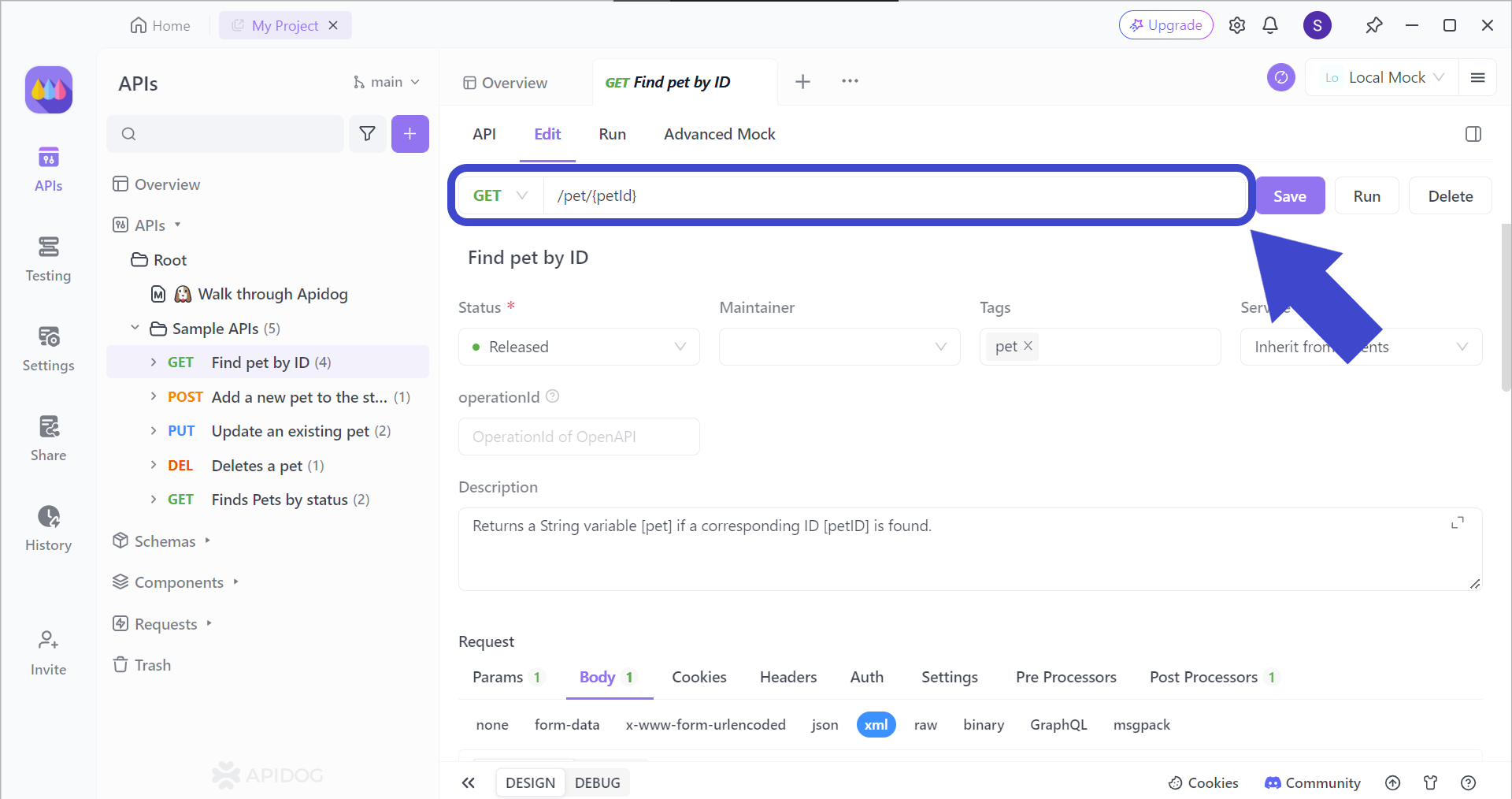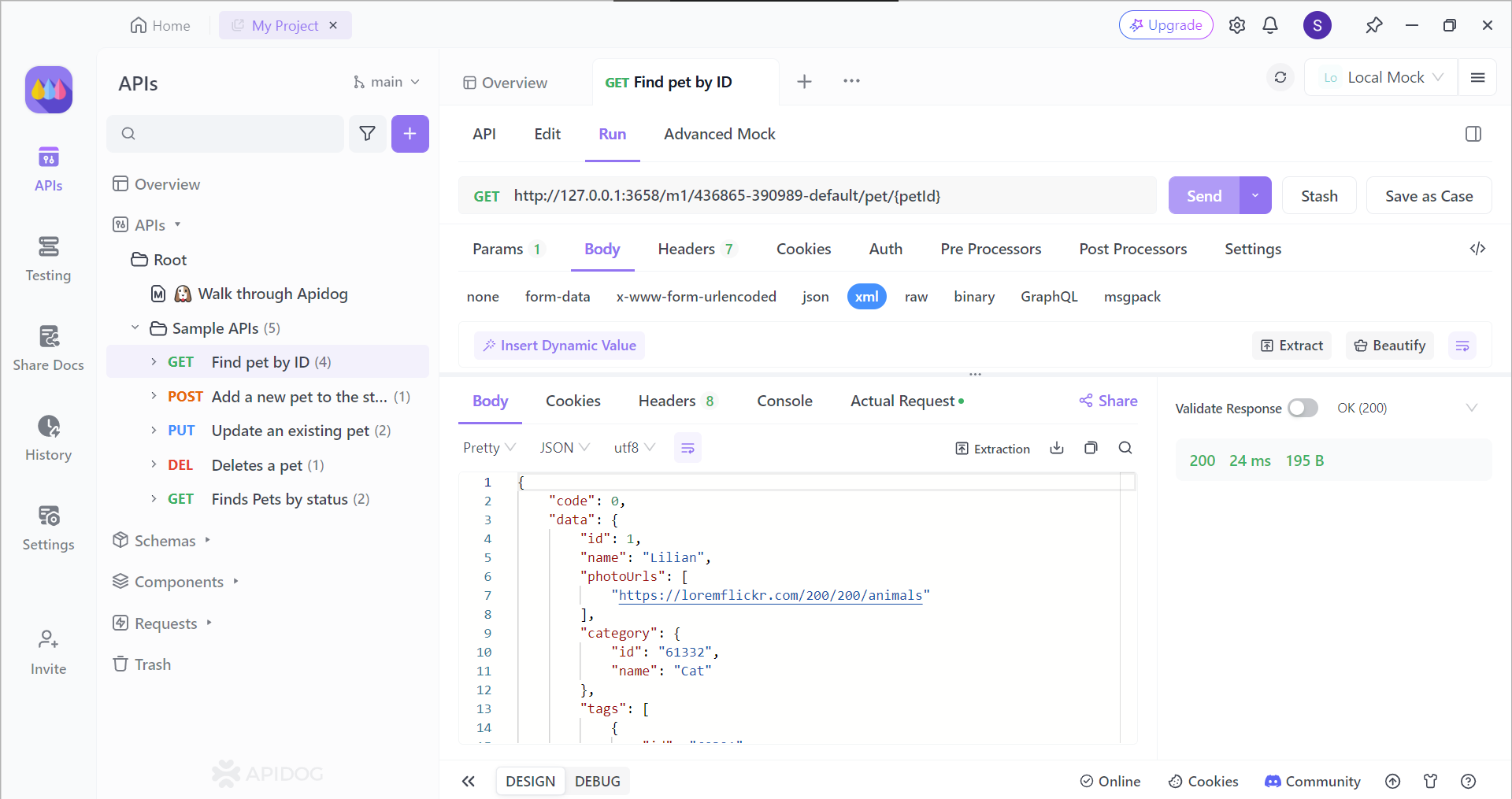The Zillow Application Programming Interface (API) offers a comprehensive and programmatic method for accessing Zillow's vast trove of real estate data. This data encompasses a wide range of property details, including listings, valuations, and market trends.
With Apidog, you can view, but also build, test, mock and document APIs. This means that you do not have to waddle and wait for someone else to produce an API to meet your needs - realize them yourself!
If you wish to learn more about Apipdog, click the button below!

By integrating the Zillow API into their applications or workflows, businesses and developers can leverage this valuable resource to streamline processes, conduct in-depth market analysis, and gain a competitive edge within the real estate sector.
What is Zillow?

Zillow, formally known as Zillow Group, Inc., is a prominent American technology company established in 2006. It operates within the real estate marketplace, functioning primarily as an online platform. Zillow's core mission centers on providing transparency and ease of access to real estate information for both buyers and sellers.
Zillow's Key Features
As there are a lot of different features offered by Zillow, each group of users can observe varying benefits:
For Buyers
- Property Search: Zillow allows you to search for homes based on location, price, size, features, and other criteria. You can even look at pre-foreclosures and off-market properties to get a broader sense of the market.
- Zestimates: A core feature is Zillow's estimated home value, called Zestimates. This uses public data and Zillow's algorithm to give you a ballpark idea of a home's worth. It's helpful to get a starting point in your negotiations, but remember, it's not an appraisal.
- Mortgage Tools: Zillow offers mortgage calculators to help you understand how much you can afford and connect you with lenders for pre-approval.
- Agent Matching: Looking for a realtor? Zillow connects you with local Zillow Premier Agents who have experience and are familiar with your target area.
For Sellers
- Zillow Premier Agent: If you're selling a home, Zillow connects you with Premier Agents who can help with market analysis, pricing strategies, and marketing your property.
- Listing Tools: Zillow offers tools to create compelling listings with high-quality photos, 3D tours (powered by AI!), and interactive floor plans to showcase your property.
- Opendoor Offers: In some areas, Zillow allows you to request cash offers directly through Opendoor, a service that buys homes directly from sellers.
For Renters & Landlords
- Rental Listings: Zillow has a vast database of rental listings, allowing you to search for apartments, houses, and condos based on your needs.
- Zillow Rental Manager: Landlords can use this tool to manage applications, collect rent online, and screen tenants. Renters can also benefit by having their on-time rent payments reported to credit bureaus, potentially improving their credit scores.
For Real Estate Professionals
- Agent Profiles: Agents can create profiles on Zillow to showcase their experience, qualifications, and client testimonials, attracting potential clients.
- Marketing Tools: Zillow offers various marketing tools for agents, including premium listings and advertising options to increase their visibility to buyers and sellers.
- MLS Integration: For agents, Zillow can integrate with the Multiple Listing Service (MLS) to streamline listing management and exposure.
Overall, Zillow is a comprehensive platform that offers a variety of features for all parties involved in the real estate market. By understanding these features, you can leverage Zillow to find your dream home, sell your property effectively, or manage your rentals with ease.
Key Benefits from Using Zillow API
The Zillow API allows developers to integrate Zillow's real estate data and functionalities into their own applications. This unlocks a range of benefits for businesses and individuals:
Access to Extensive Real Estate Data
Rich Property Details: Gain access to detailed information on millions of properties across the US, including property type, size, features, location data, Zestimates, and historical data.
Market Insights: Tap into Zillow's market data to understand trends and valuations in specific areas. This can be valuable for real estate professionals, investors, and anyone looking to make informed decisions in the market.
Up-to-date Information: Zillow strives to keep its data current, so you can be confident you're working with the latest information.
Enhanced Functionality for Your Application
Seamless Property Search: Integrate Zillow's powerful search engine into your app. Users can search for properties based on various criteria, making the process efficient and user-friendly.
Improved User Experience: Leverage Zillow's data visualizations, like maps and property photos, to create a visually appealing and informative user experience within your application.
Streamlined Workflows: Automate tasks and workflows by using Zillow's API for tasks like property valuation estimation or generating property reports.
Increased Efficiency and Scalability
Save Time and Resources: By utilizing Zillow's pre-built API functionalities, you can avoid the need to develop and maintain your own real estate data infrastructure. This saves development time and resources.
Scalability: The Zillow API can handle a high volume of requests, making it suitable for applications with a large user base.
Focus on Core Business: By offloading real estate data management to Zillow, developers can focus on their business logic and functionalities within their applications.
Additional Benefits
Improved Brand Awareness: Integrating Zillow's data and branding elements can enhance your application's credibility and value proposition within the real estate market.
Potential for Innovation: Zillow's API opens doors for creative developers to build innovative applications and services that cater to specific needs within the real estate industry.
Step-by-step Guide to Using Zillow API
The Zillow API is applicable only to users who are interested, or part of the market's financial sector. Therefore, it is vital to state your purpose for applying for the permit to use the Zillow API.
Step 1 - Install Necessary Software On Your Device
First, open your CLI (Command Line Interface) on your device, and run the following lines of code:
pip install requests
pip install xml.etree.ElementTreeStep 2 - Setup Client-side Code
In order to work with the API, you should prepare your app's code so it can receive and process the API's response.
The code below shows a sample of a Python app.
import requests
url = "http://www.zillow.com/webservice/GetSearchResults.htm"
params = {
"zws-id": "YOUR_ZILLOW_API_KEY",
"address": "1600 Pennsylvania Ave NW",
"citystatezip": "Washington, DC 20500"
}
response = requests.get(url, params=params)Step 3 - Parse the Zillow API Response
You will receive a response once you have made the request to the Zillow API. You will then need to parse the response to use the incoming data. A sample Python code snippet that can be a base for your program would be as follows:
import xml.etree.ElementTree as ET
root = ET.fromstring(response.content)
result = root.find("response/results/result")
zpid = result.find("zpid").text
address = result.find("address/street").text
city = result.find("address/city").text
state = result.find("address/state").text
zipcode = result.find("address/zipcode").text
print(f"Zillow Property ID: {zpid}")
print(f"Address: {address}, {city}, {state} {zipcode}")Apidog - Your One Stop Solution for All API Problems
If you require an API tool to help you work around APIs, let us recommend you Apidog.

Apidog is a comprehensive API tool that provides users with a simple and beautiful user interface. Its simplicity is deliberate, designed to foster new users so they can get accustomed to the new API development platform.
Create APIs Like a Pro with Apidog
With Apidog, you can design and modify APIs swiftly with the provided tools.

Start by press the New API button, as shown in the image above.

This section of Apidog provides users with a clean environment for setting up APIs. It enables users to edit :
- HTTP Method: Select an HTTP method, such as GET, PUT, POST, or DELETE
- API Endpoint: We'll define the specific URLs applications need to use to connect to our API. Think of these URLs as doorways to specific actions.
- API Details: We'll list any important details applications must include in the URL to target specific data.
- Functionality Details: For each URL and its details, we'll provide a clear explanation of what it does and what actions it triggers within the API.
Testing APIs Using Apidog
Apidog streamlines your development process by letting you jump right into testing your API after design. This allows you to identify and fix flaws early on.

Trying out an endpoint is easy! Just enter the URL and any required details specific to that endpoint. Don't worry if complex URLs with many parameters seem daunting - there's a separate guide (not included here) that explains how to target specific data within those larger sets.

Pressing the Send button triggers the request and displays the API's response in full detail. The status code quickly indicates success or failure. You can also dive into the raw response, revealing the exact data format your client code needs to process information from the backend servers.
Conclusion
The Zillow API opens a powerful avenue for developers to integrate real estate data and functionalities into their applications. By following the outlined blueprint – communication methods, endpoints, URL parameters, and functionality descriptions – developers can leverage the Zillow API to create innovative and valuable real estate tools. Whether you're building a search platform, an analysis app, or something entirely new, the Zillow API empowers you to tap into a wealth of real estate information and deliver a richer experience for your users.
The Zillow API offers a vast potential for exploration. With a little creativity and the guidance provided in this article, you can unlock a world of possibilities and transform your real estate applications.



